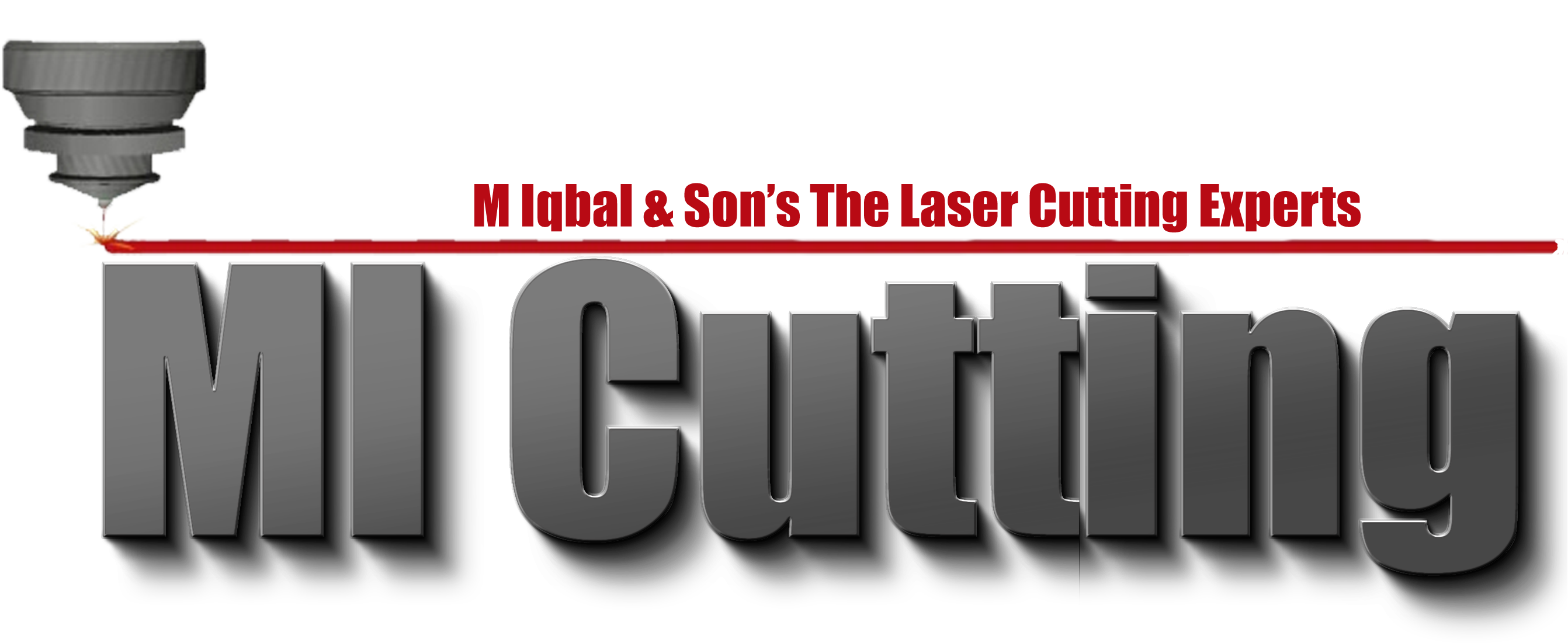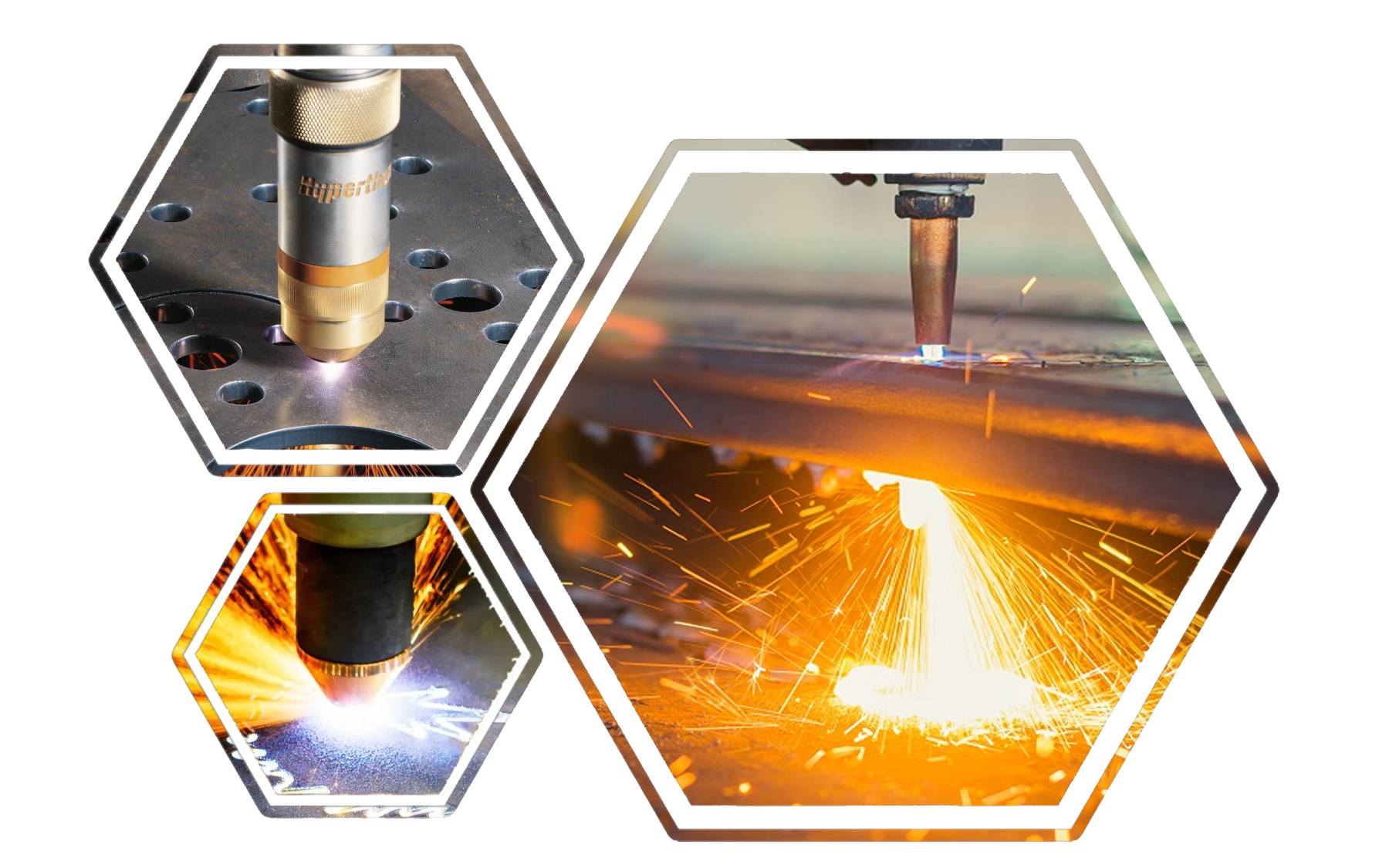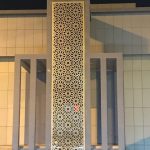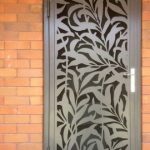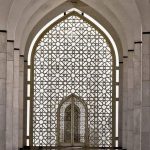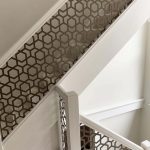Plasma cutting is a process that cuts through electrically conductive materials by means of an accelerated jet of hot plasma. Typical materials cut with a plasma torch include steel, stainless steel, aluminum, brass and copper, although other conductive metals may be cut as well.
Making your choice between different cutting methods comes down to the material, its thickness and application of the parts.
The recommended cutting thickness for plasma cutting is between 15…50 mm.
The recommended upper limit of material thickness for a plasma cutting service is about 50 mm for carbon and stainless steel. Aluminum should no go past 40 mm.
Everything above that is in the domain of water jet and flame cutting.
Laser cutting services should be the preferred option for sheet metal and thinner plates because of its greater cutting quality and speed. But laser cutting’s upper limit is somewhere around 25…30 mm.
Also, plasma cutting is quicker and therefore cheaper with plates starting from around 15 mm. Then again, the question comes down to the required quality. It is, though, always possible to get a nice and smooth result with post processing.
Plasma cutting is used for all sorts of metal fabrication projects and is typically used in on-site construction or salvage yards. For designers and artists, the most common uses are in both signage and sculpture, as well as being used in decorative panels for interior projects.
